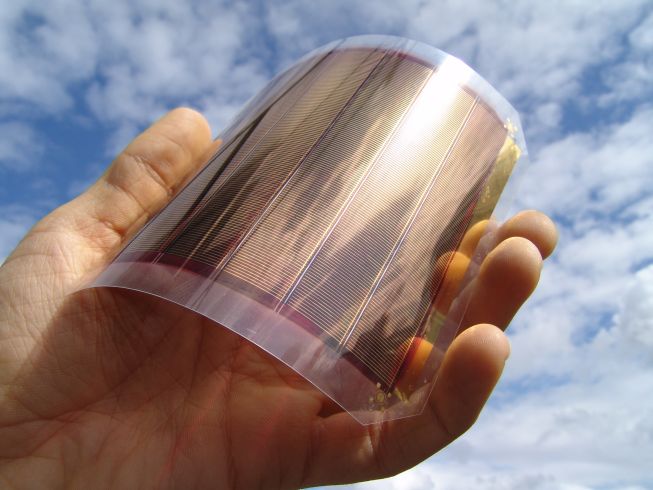Digitalization, Industry 4.0 and particularly the »Internet of Things« (IoT) count as significant growth markets. It is expected that in 2020, two-digit billions of »Things«, i. e. sensors as well as general devices and components of consumer electronics, will be connected with each other via the Internet. These all have to be supplied with energy at the lowest possible cost. This can be done by »energy harvesting«, among other approaches. Small amounts of energy from movement or heat are gathered, or primarily photovoltaic energy conversion of ambient lighting is applied.
Organic Photovoltaics for the »Internet of Things«
Emerging Photovoltaic Technologies

As many sensors and small electronic components are used inside buildings, solar cells that are responsible for their power supply must operate at very low illuminance values. In addition, typical indoor illumination spectra differ significantly from the solar spectra, as they have been optimized for the human eye. Here, organic photovoltaics offers an advantage. The absorptance spectrum of organic absorbers is very well suited for indoor applications, due to its significantly larger band gap compared to crystalline silicon. In addition, they can be deliberately adapted to the surrounding conditions by synthesis of appropriate materials. Last but not least, it is very simple to integrate the thin OPV films into the required objects. Fraunhofer ISE has many years of experience in researching the necessary physical and technological questions. We also develop industrially relevant cell and module concepts. By applying our electric models, we can optimize module structures especially for the »Internet of Things (IoT)«.